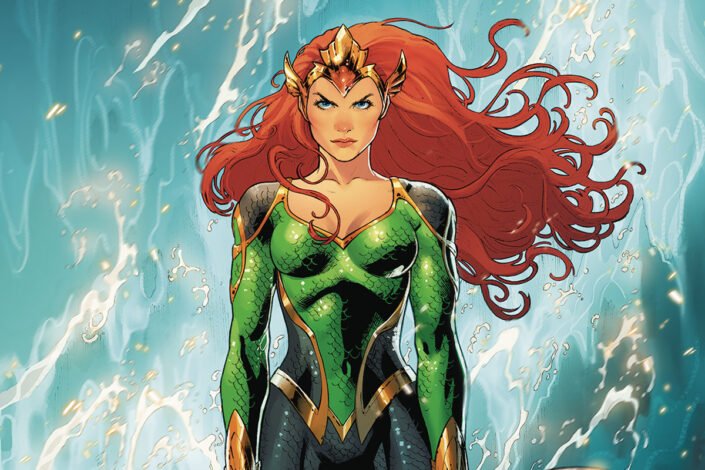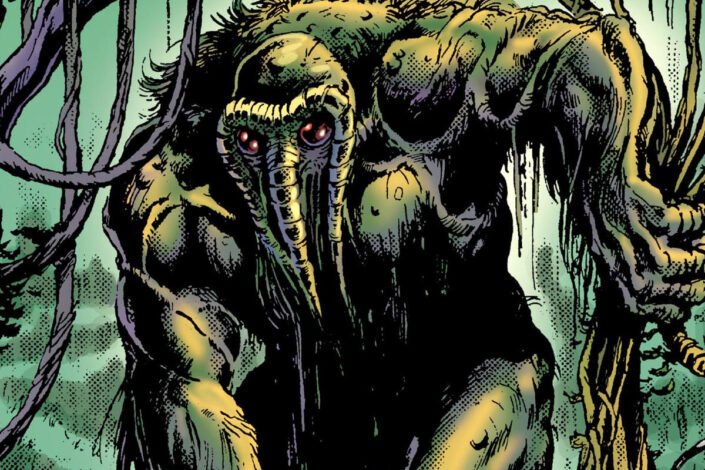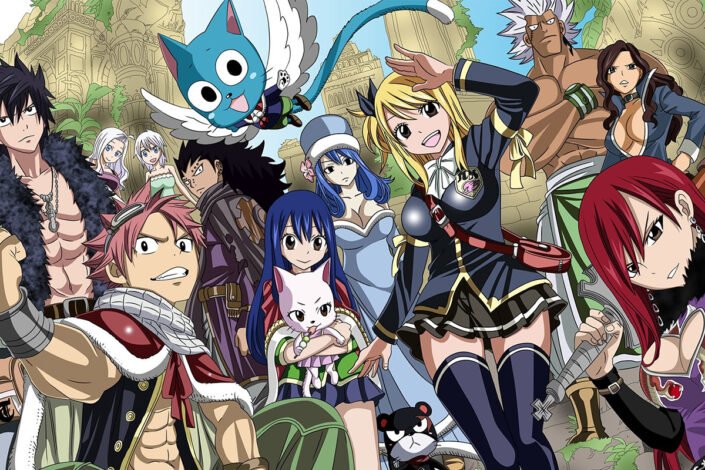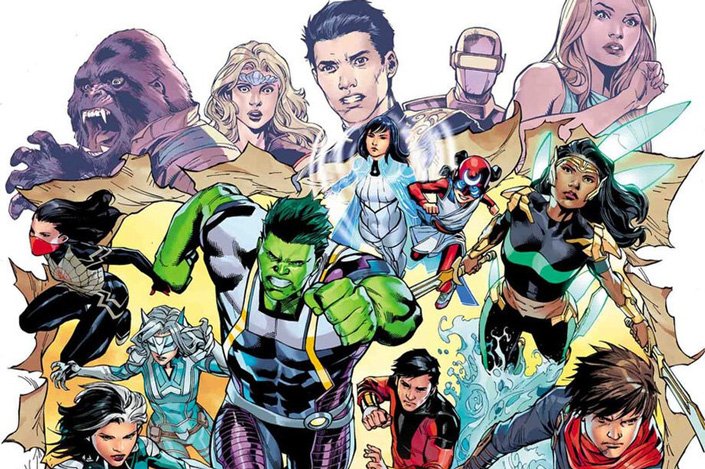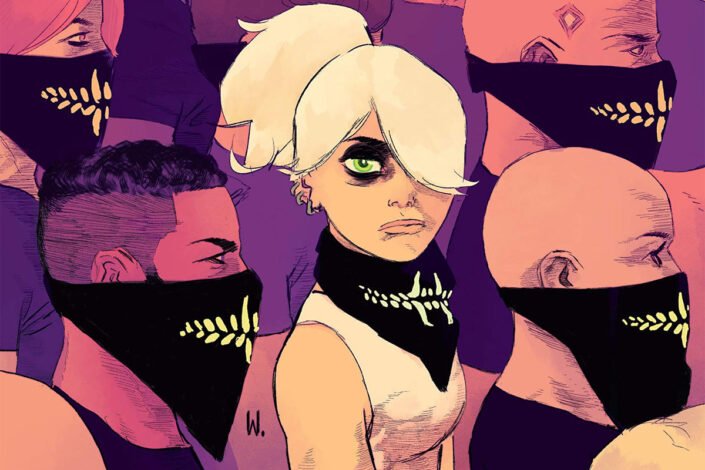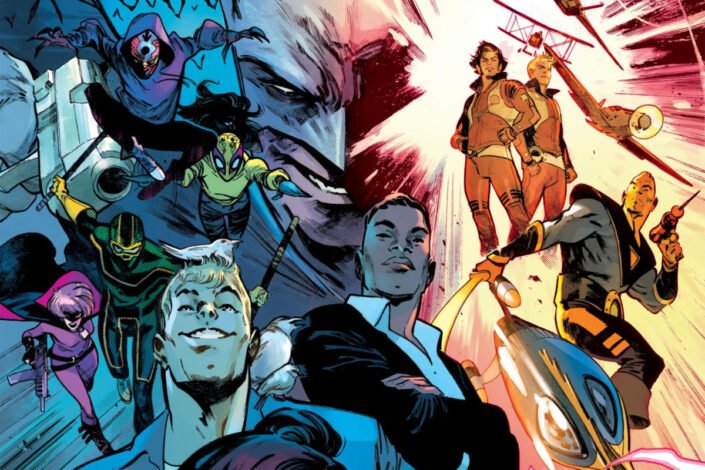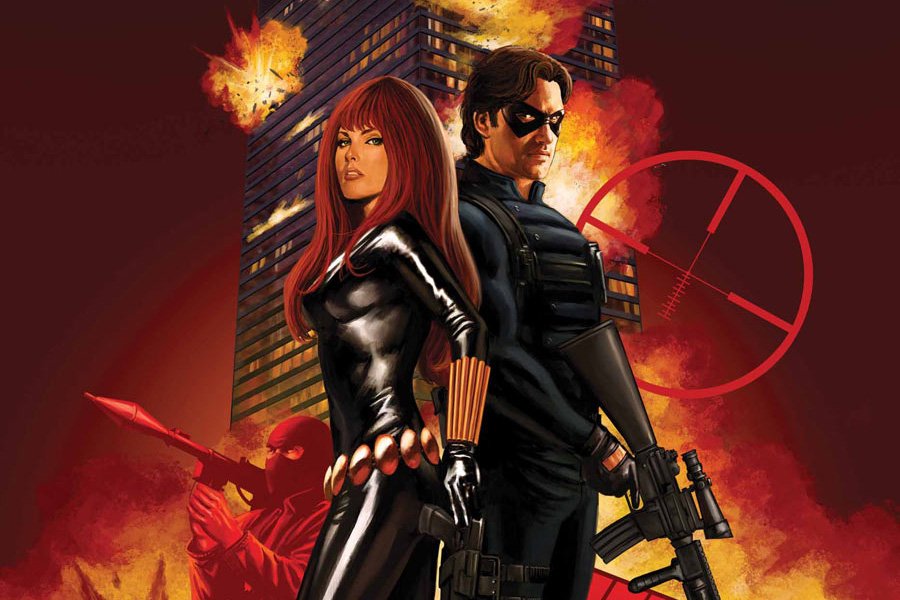Nightcrawler Reading Order, Your Kurt Wagner Comic Book Guide!
In another Earth, Nightcrawler is part of the DC Universe, as creator Dave Cockrum first submitted the character to the competitor of Marvel. But in our reality, DC rejected him, and Cockrum used him when he started working in the X-Men in 1975. Nightcrawler then became German as editor Roy Thomas wanted the new X-Men to be an international team.
The character made his debut in the now classic Giant-Size X-Men #1, an issue written by Len Wein and penciled by Dave Cockrum. The first X-Men story in five years, it also serves as a bridge between the original X-Men and the New Team, introducing several new X-Men such as Wolverine (who already made his first appearance in The Incredible Hulk #181), Storm, Colossus, Thunderbird, and as already said, Nightcrawler.
Nicknamed ‘Elf’ by Wolvie, Nightcrawler would go on to become one of the most well-liked and respected members of the X-Men. Born Kurt Wagner, Nightcrawler is a former circus acrobat and skilled swordsman fan of Errol Flynn! His physical mutation made it impossible for him to go unnoticed in a crowd, with his dark blue fur, two-toed feet and three-fingered hands, yellow eyes, pointed ears, long sharp canines, and a prehensile tail. His demonic look contrasts with his Catholic faith. He also possesses superhuman strength, the capacity to teleport and to wall climb.
Since his introduction almost 50 years ago, Nightcrawler has lived many adventures with the X-Men but also as a founding member of Excalibur, in solo, and more recently as Spinnenmann. Following is a reading order to help you learn more about the character, or rediscover his rich history!
Read More »Nightcrawler Reading Order, Your Kurt Wagner Comic Book Guide!

